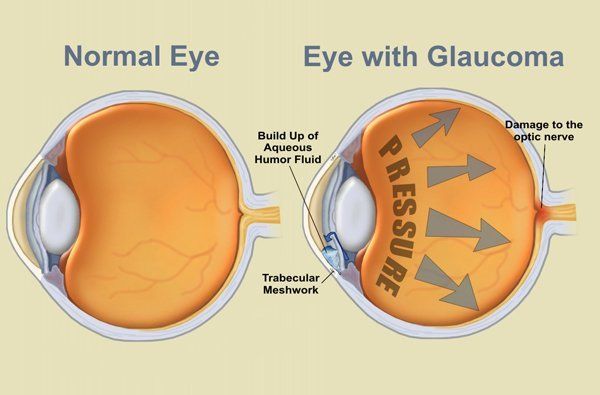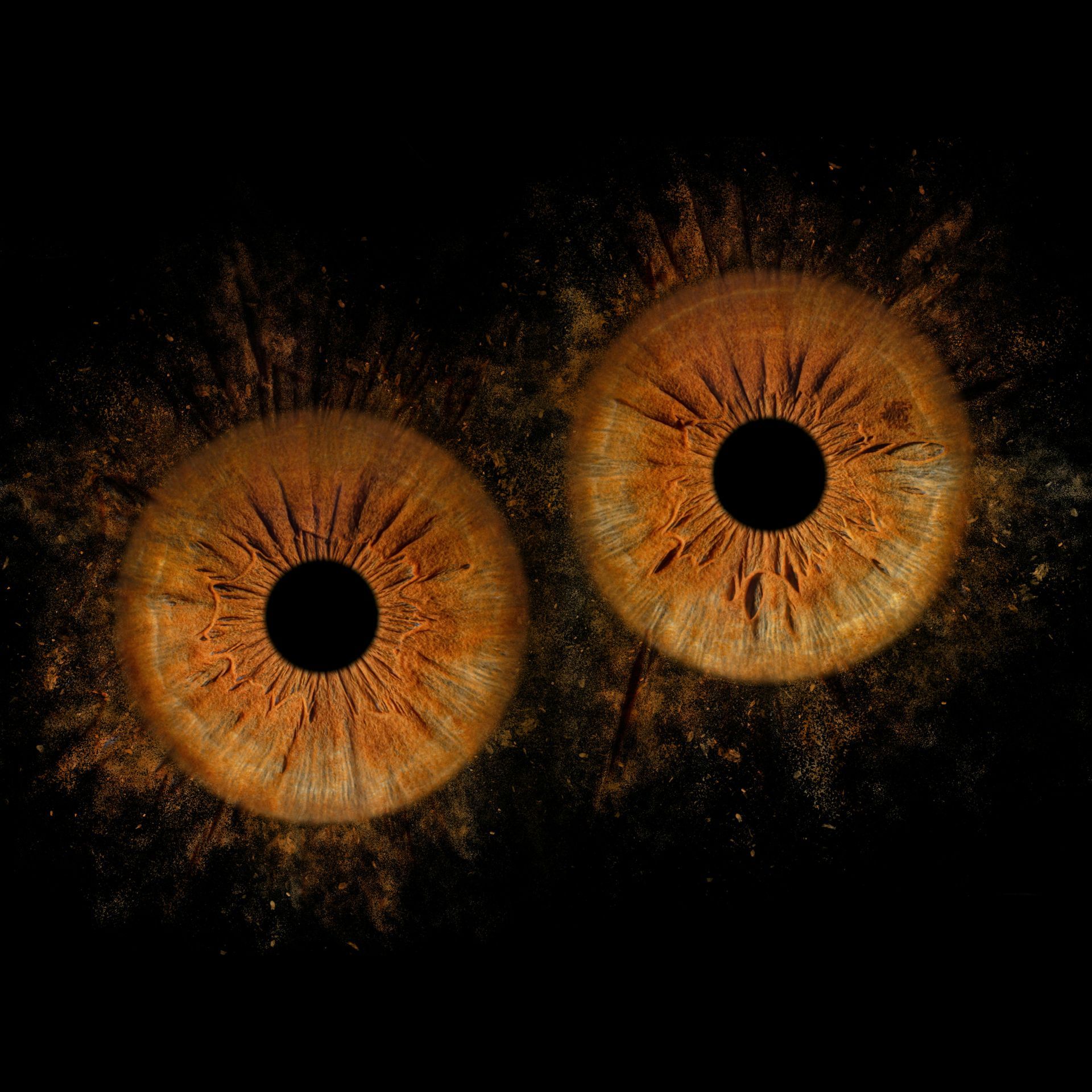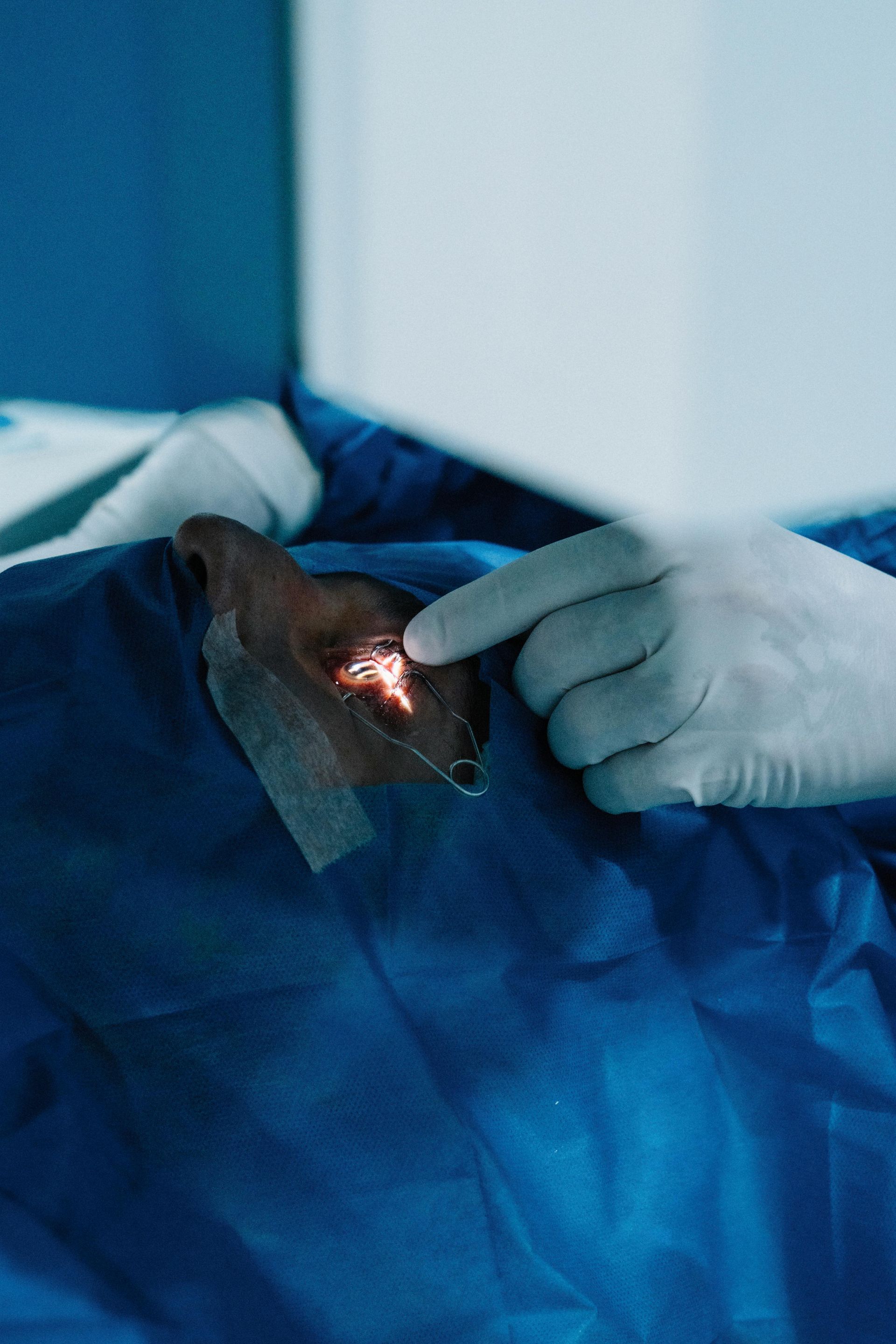Sometimes you come across a great article

Blog vol 4.16. Sometimes you come across a great article.
I really appreciate great journalism and great writing. It was a pleasant surprise to discover a magazine that I have not read in the past, Wired, which discusses new technologies and their impact on our culture. In the August issue, there is a very good discussion of the spreading “epidemic” of myopia or nearsightedness. In China and Taiwan, myopia rates are as high as 90% among young people. This is huge. 20-25% of these people have high myopia (greater than 5.00 dioptres of required correction). Read more here.
With the stretched-out retina of myopia, particularly high myopia, conditions like retinal detachments are a problem affecting younger patients.
I was reminded on the weekend, in a course on glaucoma from the University of Waterloo, that the stretching of the eye caused by high myopia also causes weakening of the structures in and around the optic nerve, called the lamina cribrosa. This makes the patient more susceptible to nerve damage from pressure changes in the eye and actually puts the person at higher risk for glaucoma, a degenerative, chronic eye disease that can lead to blindness if not managed. So we have an increased risk of retinal detachments and glaucoma, and we also have macular problems. The stretched eye, if really bad can cause outpouching in the retina and cracks in Bruch’s membrane, all bad.
This course was on glaucoma, a pathology, so, of course, focussed on worst-case scenarios. Many people with high myopia are fine, no need to panic. However, a high myope is at increased risk for a variety of problems so regular eye exams are important. Myopia is a lifelong issue. Corrective eye surgery does not fix these problems, it only changes the lens.
The thing is that much of this myopia can be prevented or at least slowed down.
What is the reason for all this myopia? The short version: too much time on screens or doing near work, screens too close to eyes, not enough time outdoors.
The good news is that we now have ways to detect myopia earlier and slow it down. Part of a child’s eye exam is the measurement of axial length as well as corneal maps to track the possible development of myopia. The first years are when the progression is steepest and it is easiest to manage at this age. There are a variety of options for managing myopia which include glasses, drops, and contact lenses, as well as increasing outdoor time and reducing screen time.
Crazy as it may seem, my first introduction to the causes and development of myopia was in the 80s in the laboratory of the then Director of the School of Optometry, Dr. Jake Sivak. He and his wife, Barbara, were working to crack this myopic code. Once again we all benefit from years of hard work and plugging away at research.
It is our job to take this information and use it. The research is saying conclusively: more daylight, more outside time for our children, less time on screens, hold screens further away from the eyes, and yes, regular eye exams.
the good doctor






